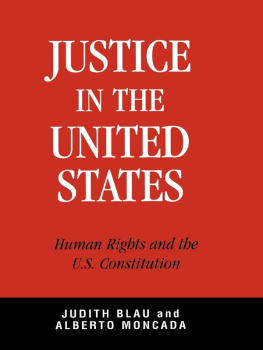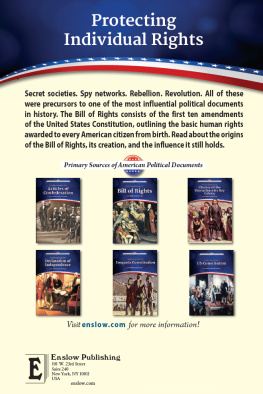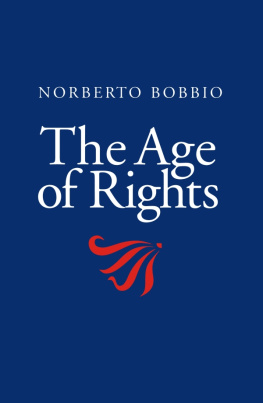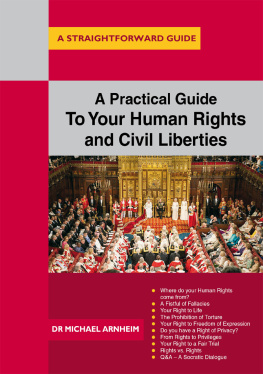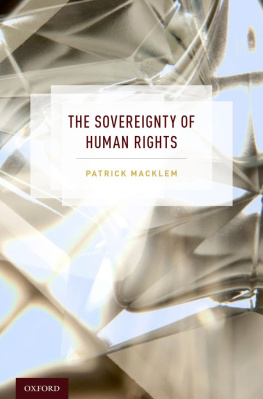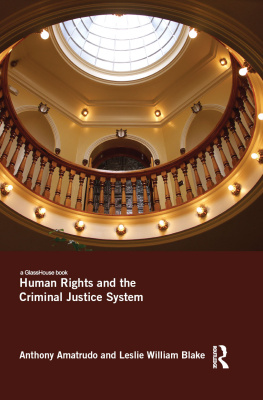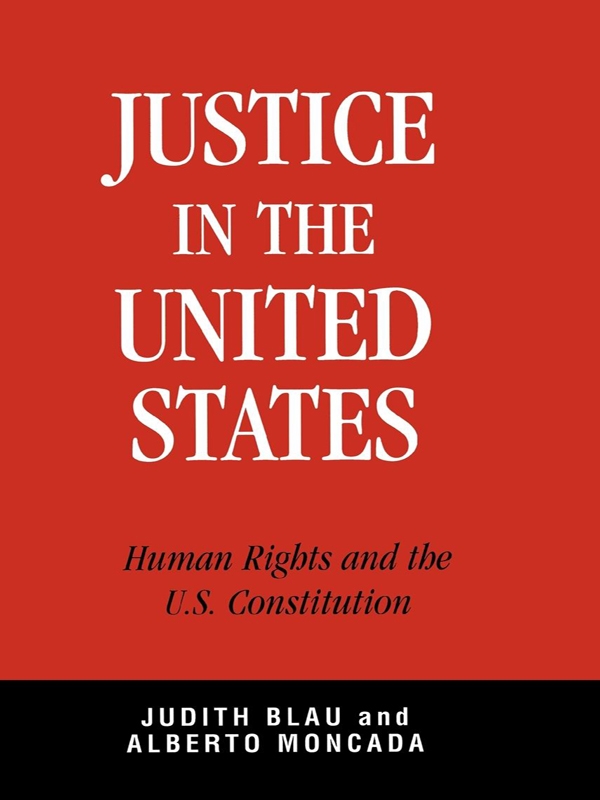W hen it comes to having rights and freedoms, Americans are regrettably at least a quarter of a century behind most everyone else in the world. In this chapter we explore the historical roots of American rights and freedoms. This is a tale told often, but our emphasis is different owing to our interest in human rights, not simply political and civil rights. To propose revisions to the U.S. Constitution, we need to lay out the framework of the current Constitution. In this chapter we review features of the Declaration of Independence, constitutional provisions for rights and freedoms, court interpretations of the rights of corporations, and the premises of liberal law. We also introduce human rights to clarify how they are different from what Americans emphasize, namely, individual rights.
The Declaration of Independence
On June 7, 1776, Richard Henry Lee rose to his feet at the convening of the Second Continental Congress, to declare a motion for independence. It passed, and the members of a small committee, headed by Thomas Jefferson, sequestered themselves to prepare the document. Two days later, the committee presented the Declaration to Congress and proclaimed the right of revolution. The philosophical grounding of this right to revolt is important, but just as important is what Jefferson deemed to be rights. Paragraph 2 begins thus:
We hold these truths to be self-evident, that all men are created equal, that they are endowed by their Creator with certain unalienable Rights, that among these are Life, Liberty and the pursuit of Happiness.That to secure these rights, Governments are instituted among Men, deriving their just powers from the consent of the governed.
Jefferson deliberately misquotes John Locke, who wrote instead, Life, Liberty and Pursuit of Property. All the Framers of the Constitution believed that property was a right, as we will later describe, but we charitably speculate that the reason why Jefferson substituted Happiness for Property was because property in the colonies included slaves, and although having human chattel may have been acceptable, it probably was not comfortable to celebrate.
The self-evident truths about equality and rights also requires some explanation. For Jefferson self-evident did not imply some democratic ideal whereby ordinary men would see the justification for the revolution. Instead, it is an elitist term that goes back to the Stoics conception that a tribunal of wise men could weigh the options and arrive at good ethical judgments.
Nor is Jefferson completely original about connecting rights to political action. The English barons had demanded concessions in the form of the Magna Carta from King John in 1215, and in the same century, King Magnus of Norway was pressed to issue the Magnus Lagaboters Landslov, which promised all equality before the law. Additionally, in the sixteenth century, there had been upheavals for the advance of liberties and freedoms, and royalty in France, Holland, Spain, and England had been forced to make major concessions, relinquishing their own powers and extending rights to property holders and sometimes others as well. Following decades of civil war in England, the Levellers, in the mid-seventeenth century, demanded guarantees of the peoples native rights, including legal rights, and the right to life, property, and the exercise of free speech and of religion. This culminated in the passage of the Habeas Corpus Act of 1679 and the Bill of Rights in 1689, which together greatly advanced peoples freedoms and democracy. Their provisions included trial by jury, prohibitions against cruel and unusual punishment, security of law and person, representative government, and free elections.
Although in 1776 the French Revolution was more than a decade away, Rousseau and others were thinking much along the same lines as the British colonists, and in 1789 the French Assembly proclaimed rights and freedoms in the Declaration of the Rights of Man and of the Citizen. All this does not diminish the philosophical and political importance of the Declaration of Independence. Its arguments about inalienable rights, equality, the possibility of universal reason, and the will of the people were specially crafted for the American context, and it is a stunning document, cited still as a justification for revolution.
The Declaration provides a set of philosophical reasons why the colonists should raise up and rebel, and Jefferson provides a list of the causes which impel them to the separation. Yet Jefferson did not need the Stoics and a tribunal of wise men for a justification. He simply could have looked out the window and onto the streets. The insurrection had started more than a year before, on April 18, 1775. However, instead of praise and support for their idealismand, yes, wisdom, as Jefferson later saidthe colonial Congress responded to the peoples insurrection by sending King George an apology in its Olive Branch Petition. And, months before Jefferson penned the Declaration, about February 1776, Thomas Paines pamphlet Common Sense hit the streets of colonial towns. Written in England and shipped to America, it presented many of the ideas that inform the vision behind the Declaration. Historians Samuel Eliot Morison, Henry Steele Commager, and William E. Leuchtenburg describe its great importance: Within a month this amazing pamphlet had been read by or to almost every white American. It rallied the undecided and the wavering.
The Idea of Rights
Thus, while the Declaration was not all that novel, and derived much from John Locke, it also rubber-stamped a revolution that had already begun, and was immensely helpful in spurring efforts to establish rules and procedures for governance well before the war was over. Individual colonies formed their own governments beginning in 1776, with a resolution by Congress, and each of their constitutions included a Bill of Rights, placing democratic control of government in the hands of the sovereign people (that is, those who held property). Thus, Jeffersons Declaration was like a cueing card for everything that came nextindependence, writing a constitution, and setting up the machinery of governance. The last land battle of the War of Independence was mid-November 1782, and the Peace of Paris was signed later that month.

